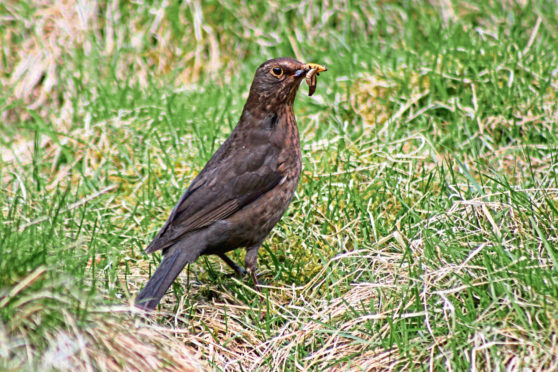More than 90 species of birds were recorded on Scottish farms as part of this year’s Big Farmland Bird Count.
The count, organised by the Game & Wildlife Conservation Trust (GWCT), was launched in 2014 to highlight the positive work done by farmers and gamekeepers in helping to reverse the decline in farmland bird numbers.
Results from this year’s count show 1,400 people, up 40% on last year, recorded 140 species across more than one million acres of UK farmland between February 8 and 17.
Thirty red-listed species were recorded, with five appearing in the most-commonly seen species list.These included fieldfares, starlings, house sparrows, yellowhammers and song thrushes – the first four were seen on more than 30% of participating farms .
The five most abundant birds seen in the UK count were woodpigeons, starlings, lapwings, black-headed gulls and rooks.
A combined total of 148,661 of these species were spotted, representing almost 50% of all birds recorded.
In Scotland, 61 farmers recorded 93 species across 57,881 acres.
The most-commonly seen species were blackbird, blue tit, chaffinch, pheasant and robin. A total of 18 red-listed species were recorded.
“We are encouraged that more farms took part this year than last, not just in Scotland but over the UK as a whole,” said GWCT Scotland’s head of lowland research, Dr Dave Parish.
